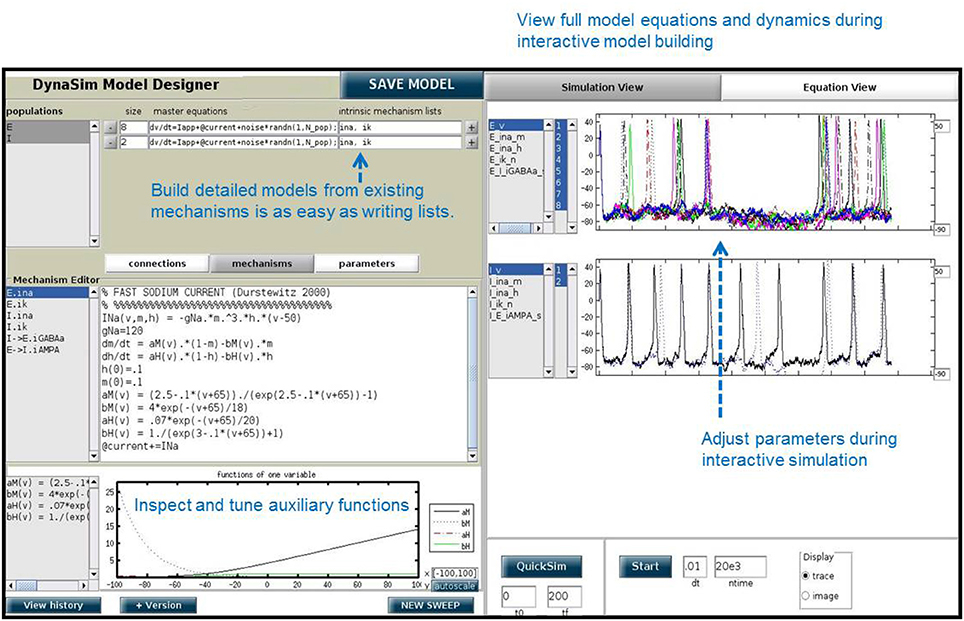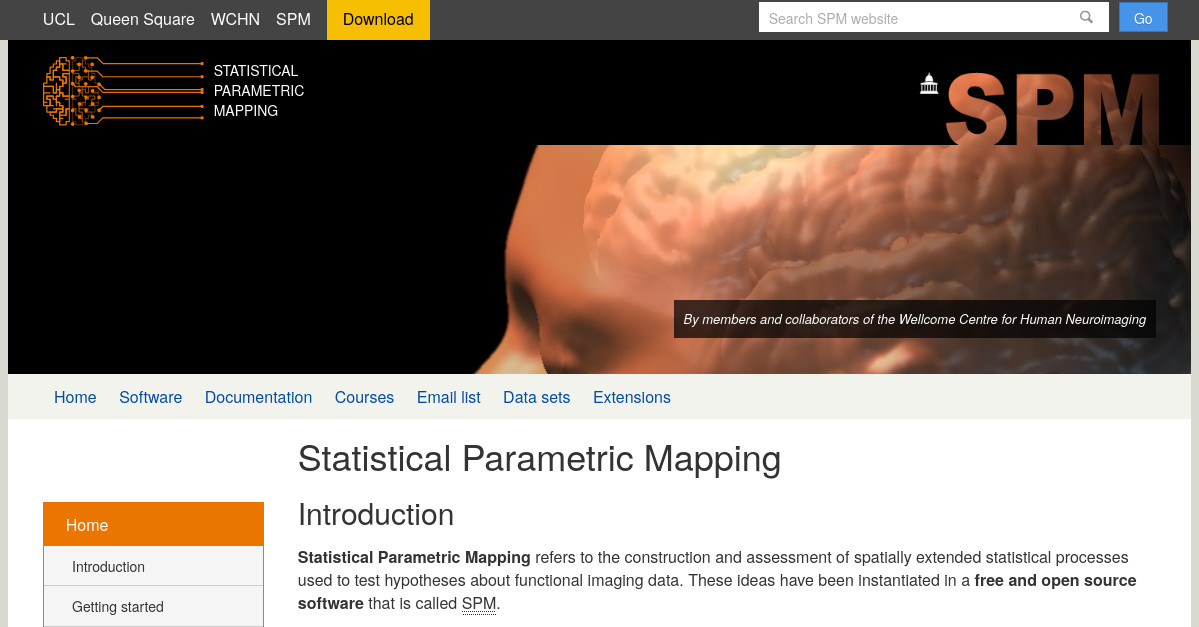

This code should be reasonably portable to *nix systems, but the library paths will need to be fixed, see INSTALL for directions and a list of required libraries. The code is very modular and for the most part adding new computations to the framework only requires writing a single new subclass. There are wrappers written for HDF5 files and interacting with MATLAB. With minimal new code basically any input/output format can be dealt with. Input and output is done through a family of wrapper classes. The code can easily be extended for N-dimensions, but only 2 and 3 are currently implemented. There is python code included to generate appropriate XML files. Parameters are passed into the analysis programs via XML files. The most current version of PLuTARC, as well as a MATLAB wrapper for it, is available at. The identification code is a modified version of Peter Lu's particle identification code. The code for particle location and further processing of the locations are almost completely separate. FunctionalityĪre partially written or tested. There is currently no 'stable' version of the code as I am still actively developing it. The code is also being tracked on github.

On identical data the C++ code is at least ~20x than Dan Blair's MATLAB code. The primary advantage of the C++ implementation over IDL or MATLAB implementations is that C++ is significantly faster. This algorithm has been implemented a number of times (see table). This is an implementation in c++ of the particle tracking algorithms developed by Croker and Grier ( ).


 0 kommentar(er)
0 kommentar(er)
